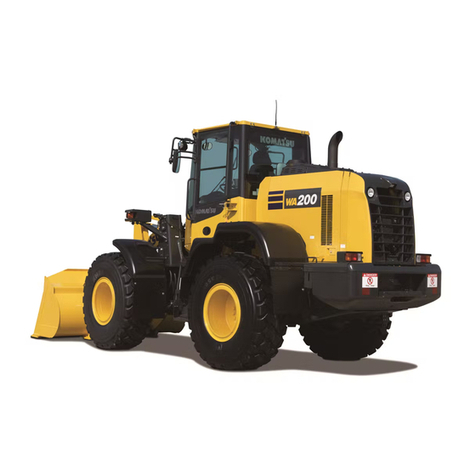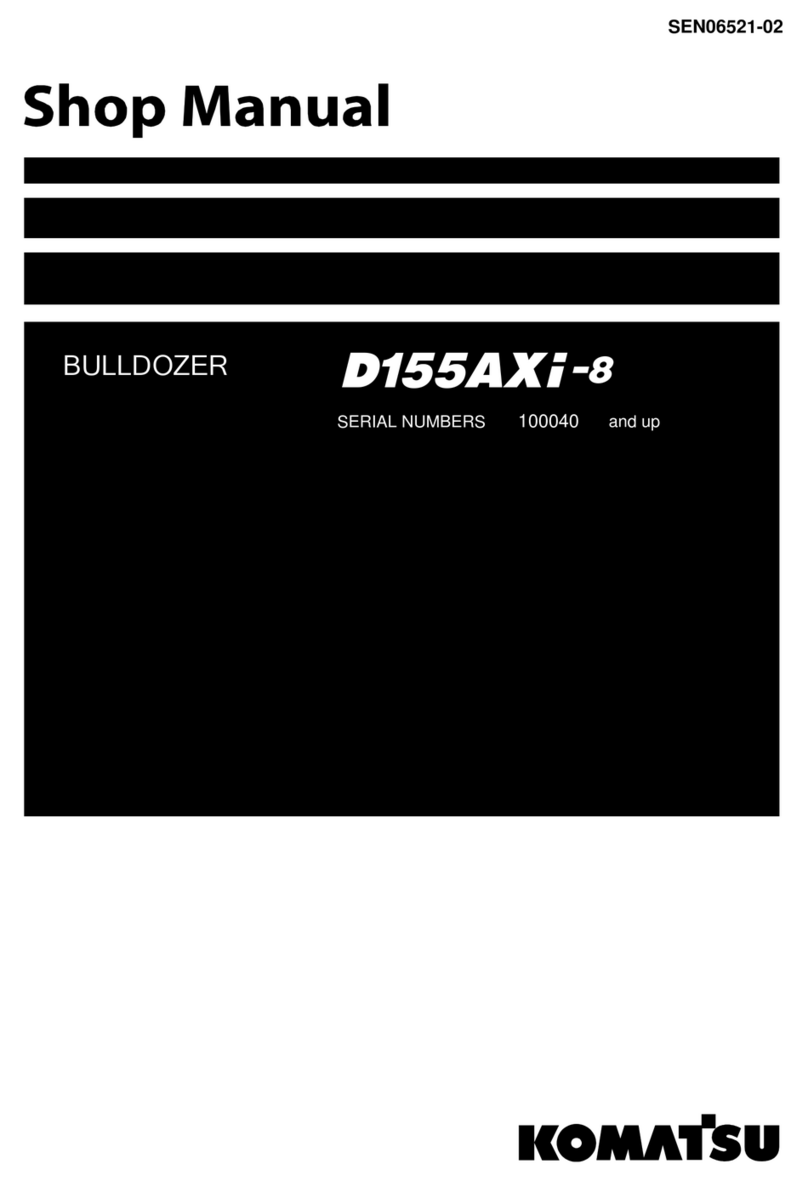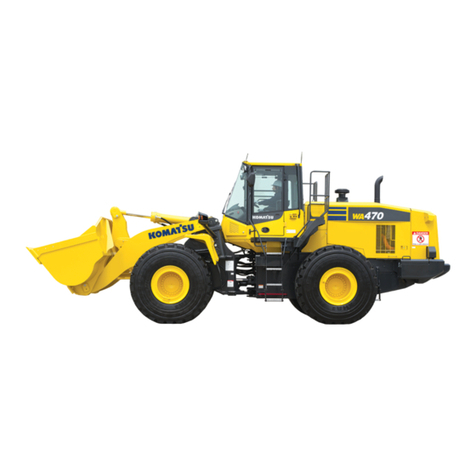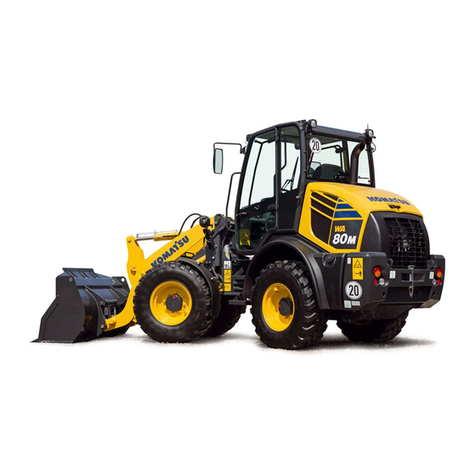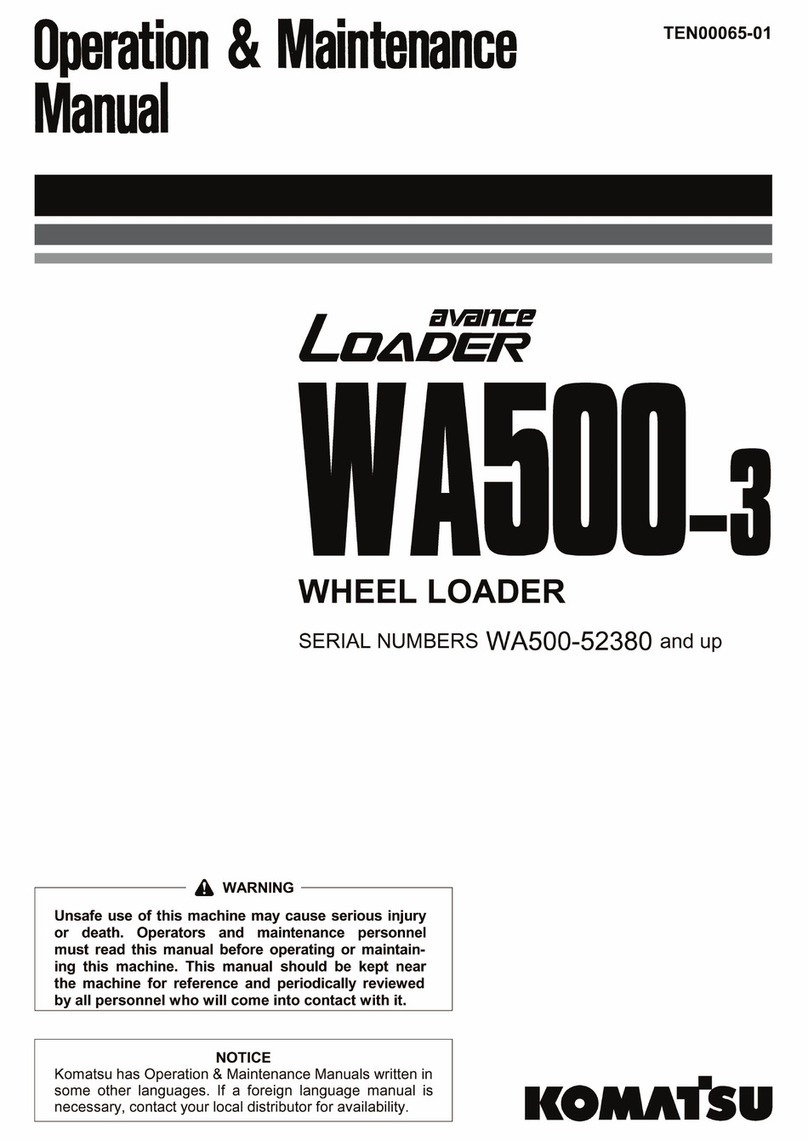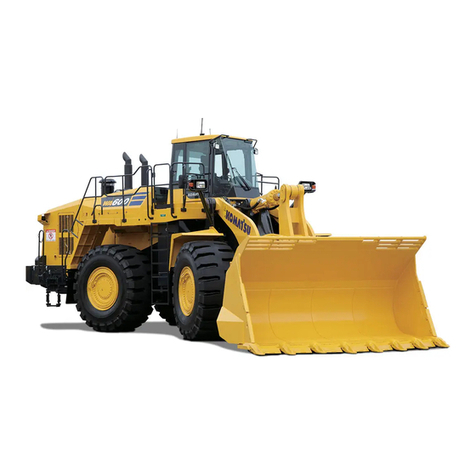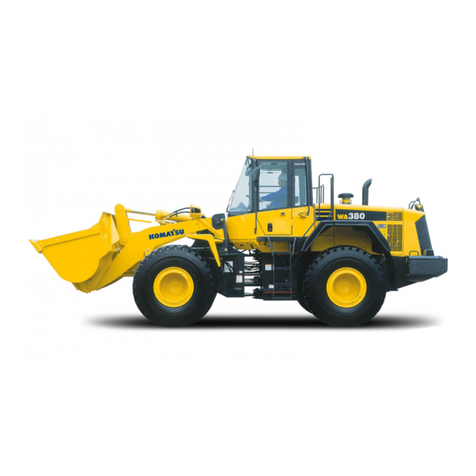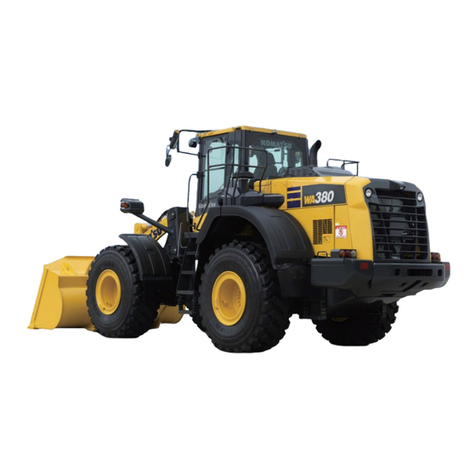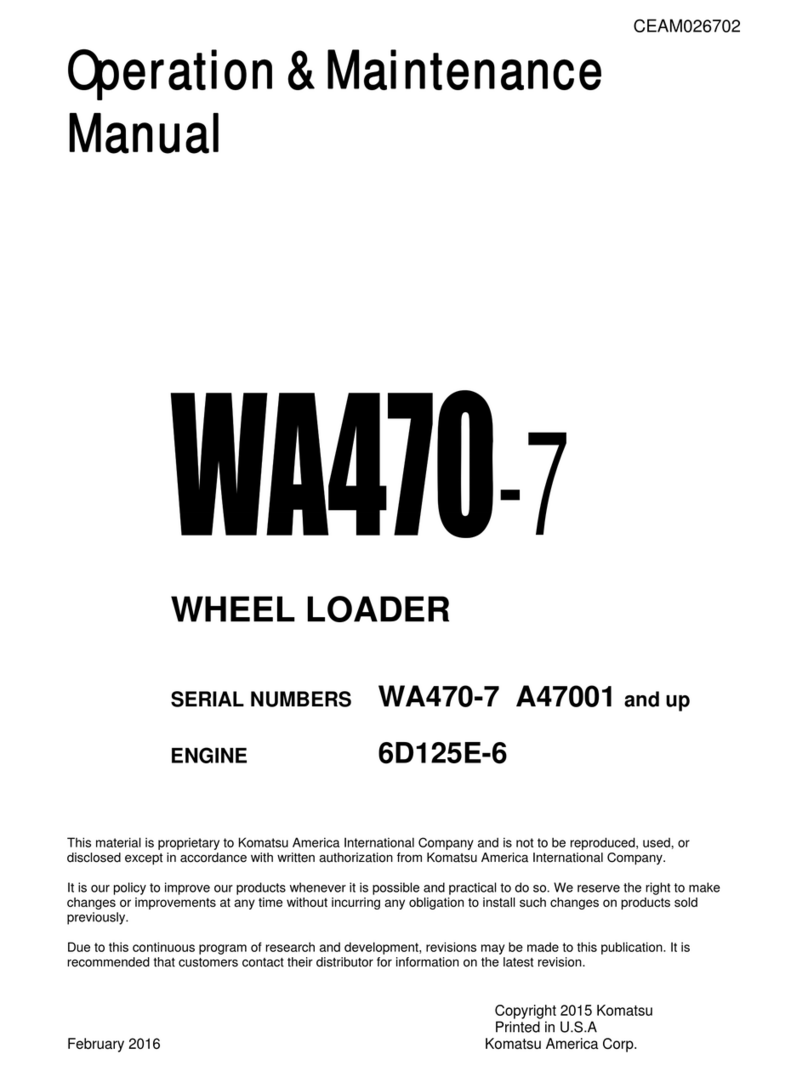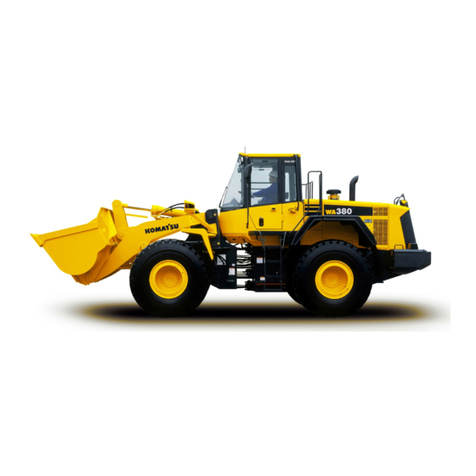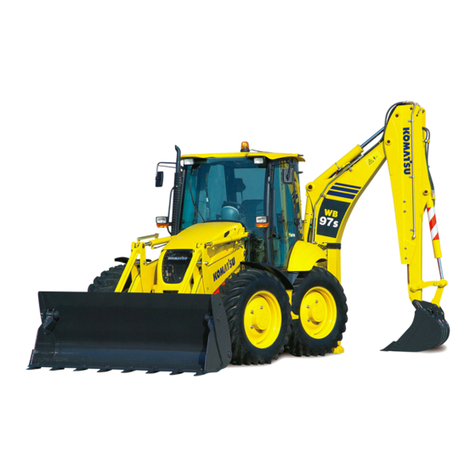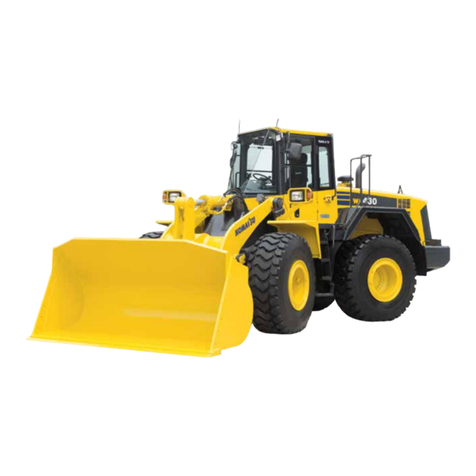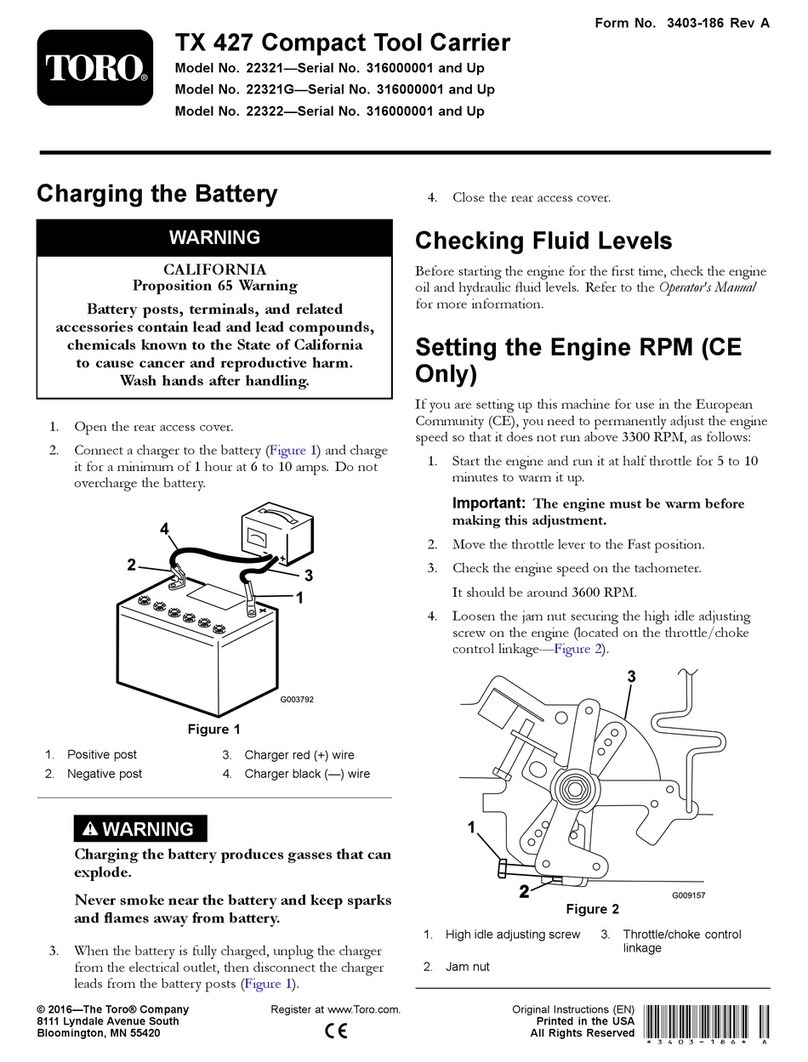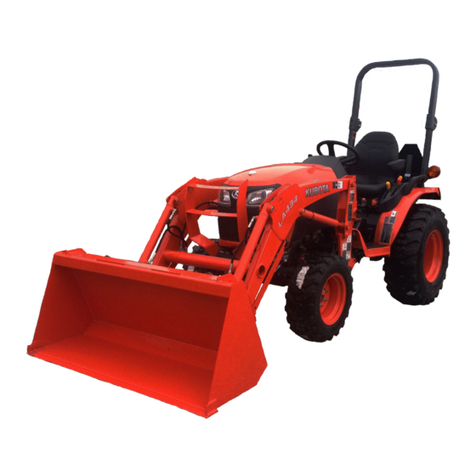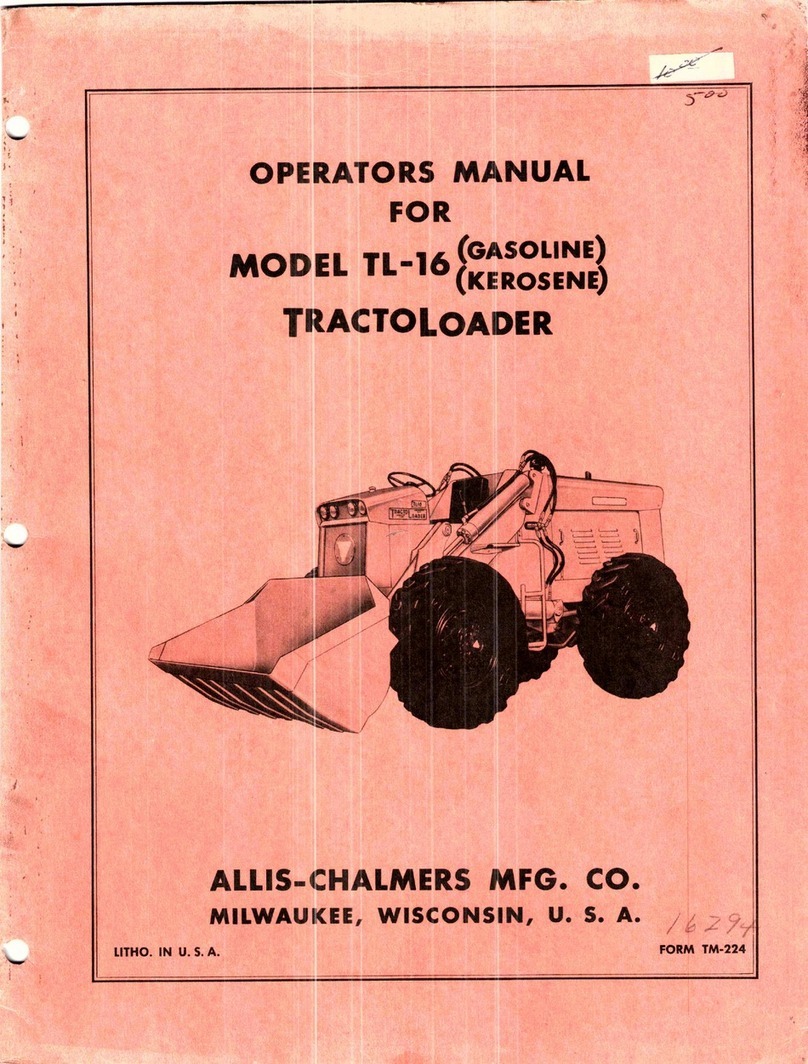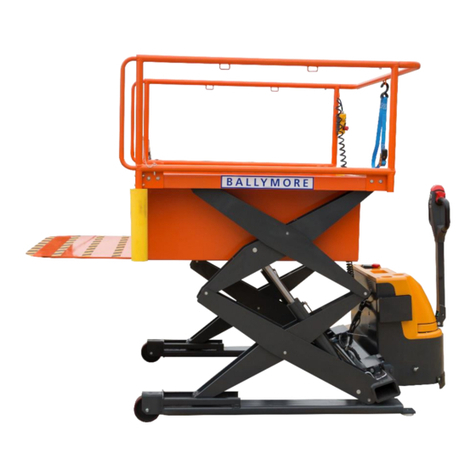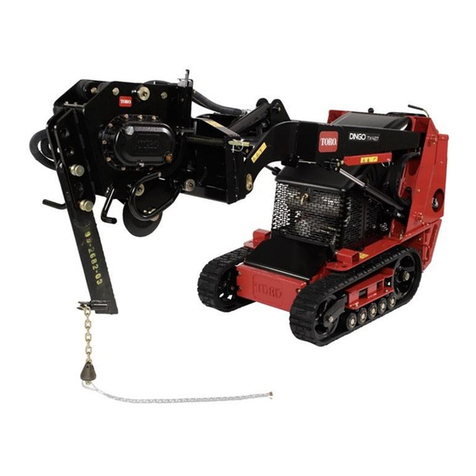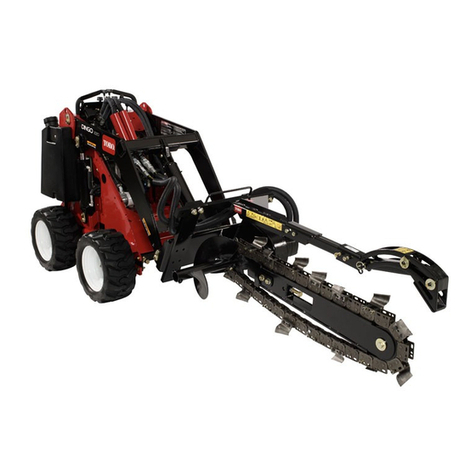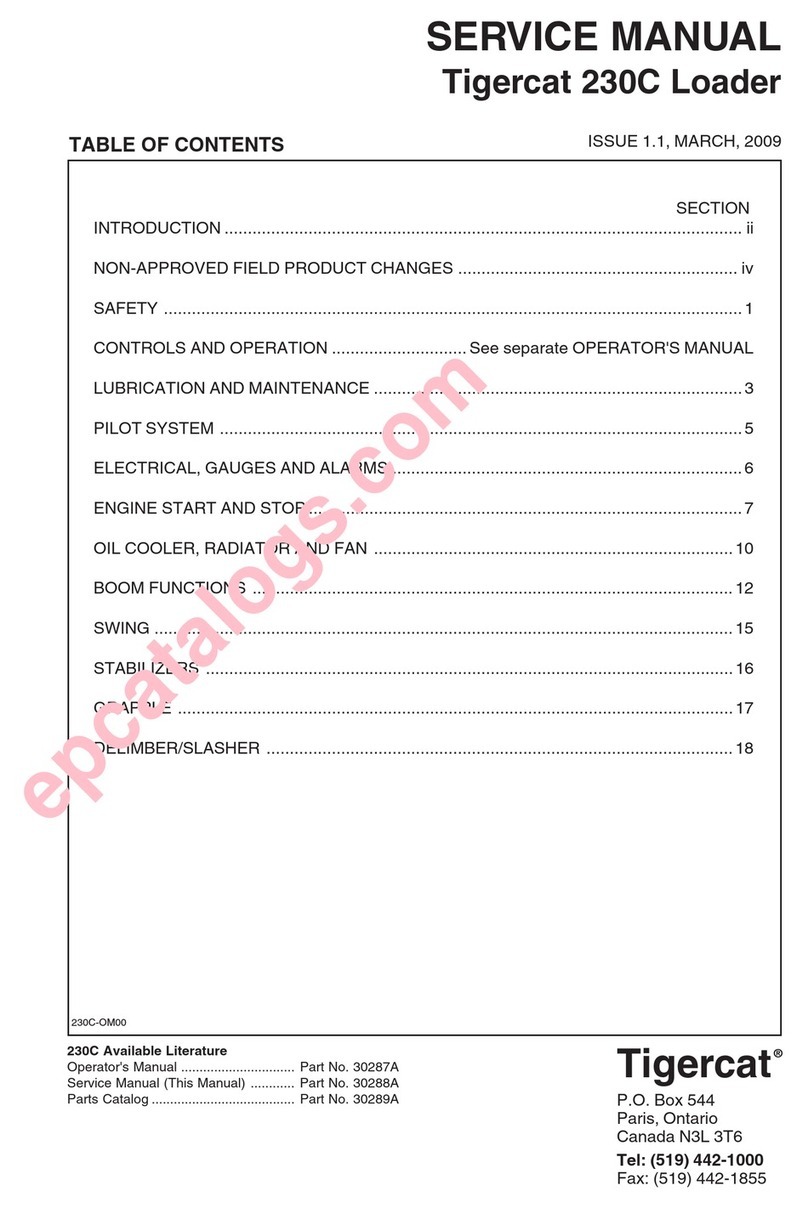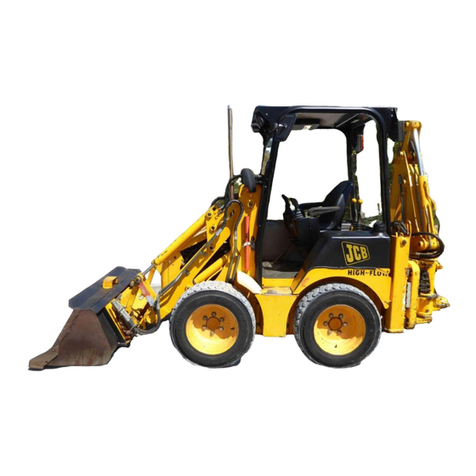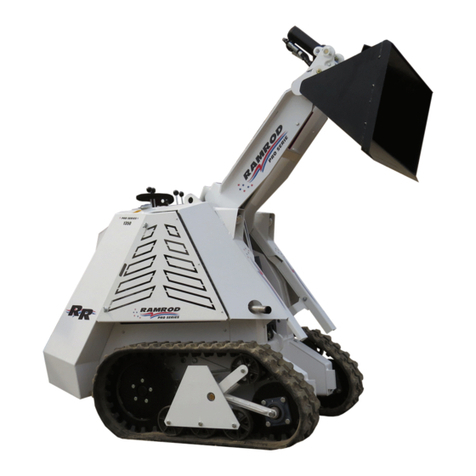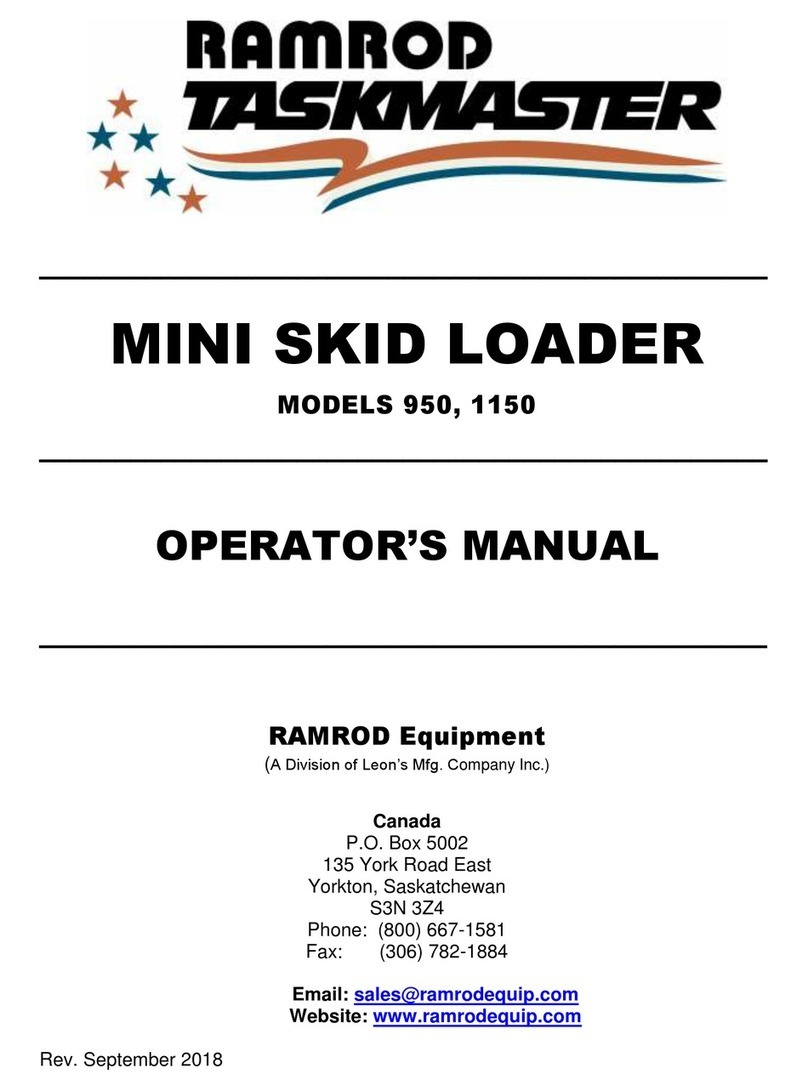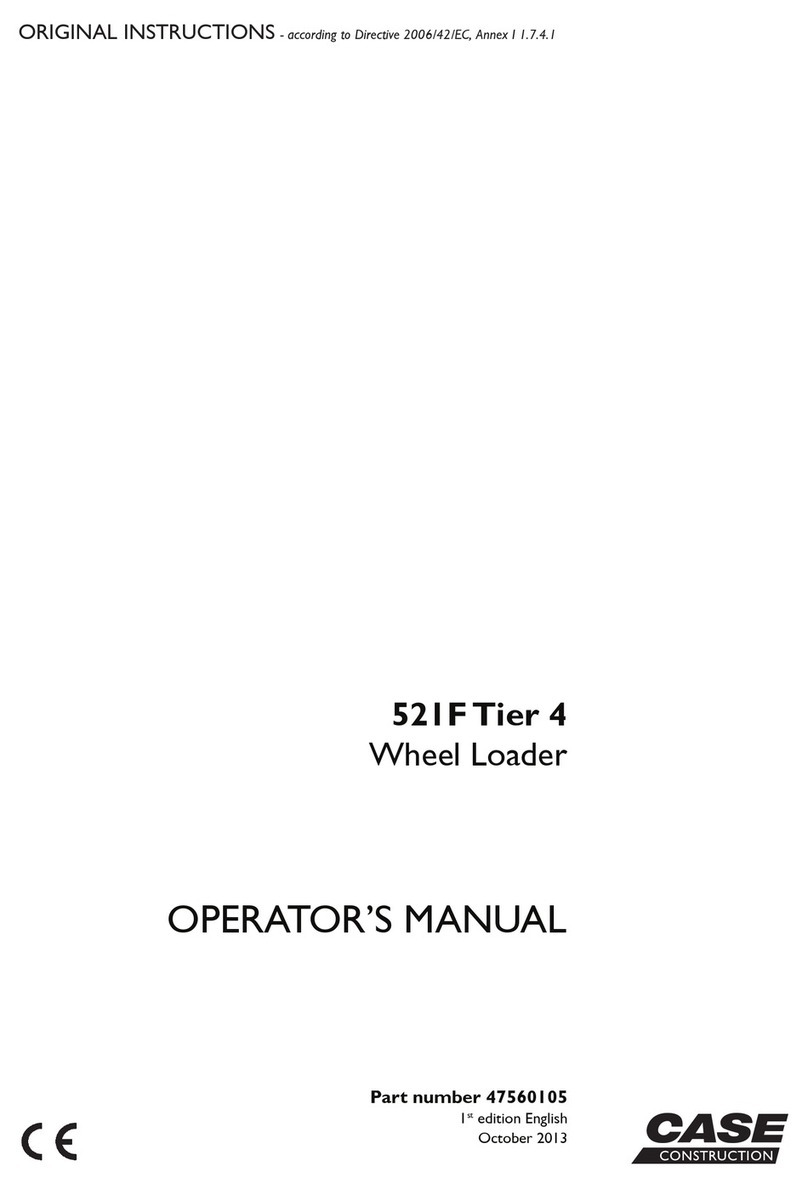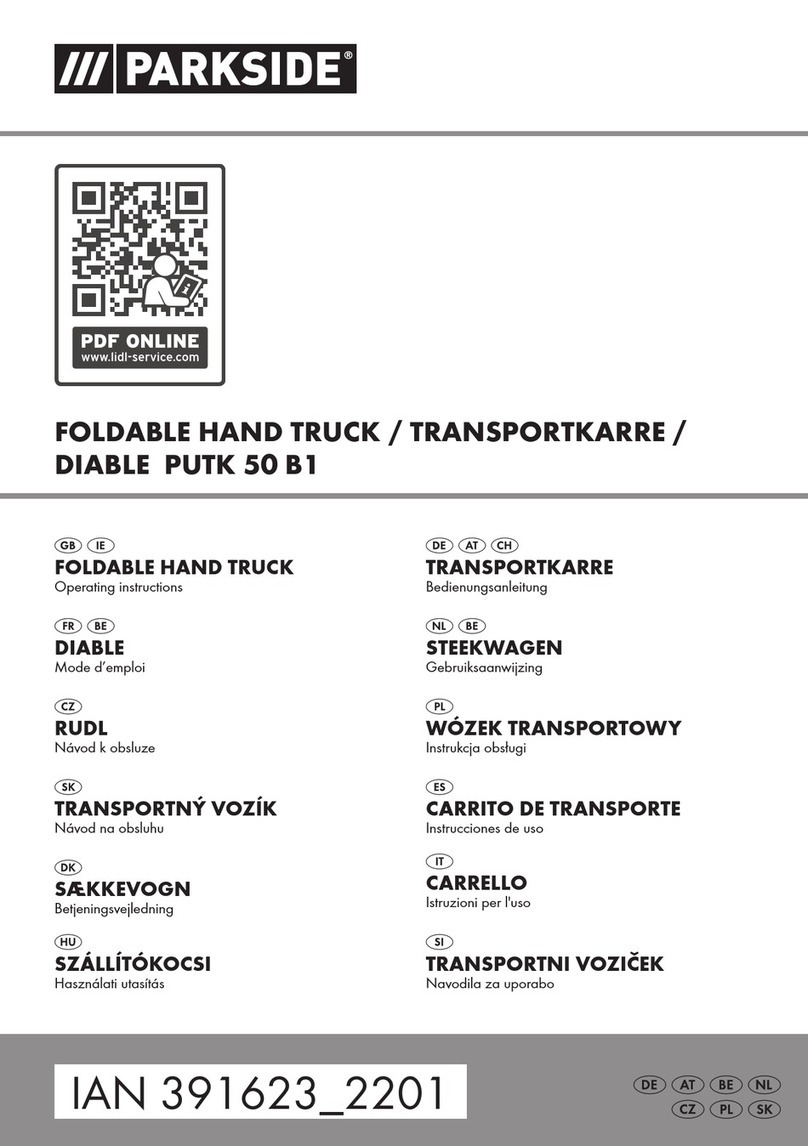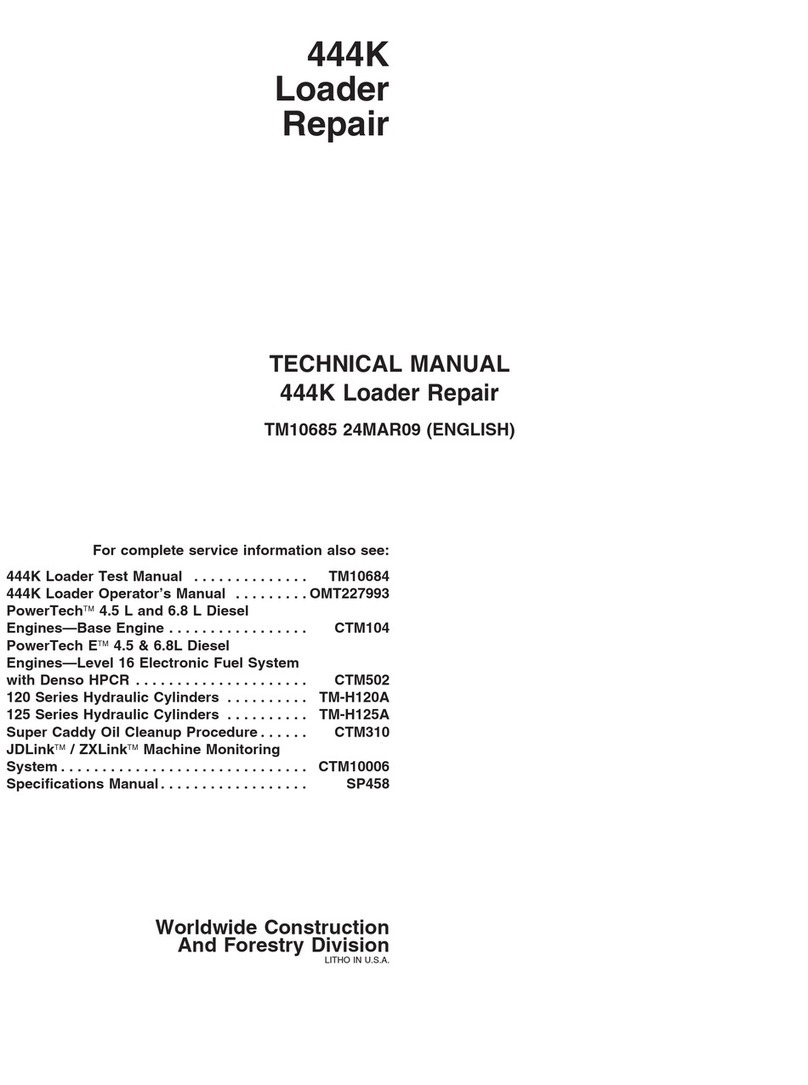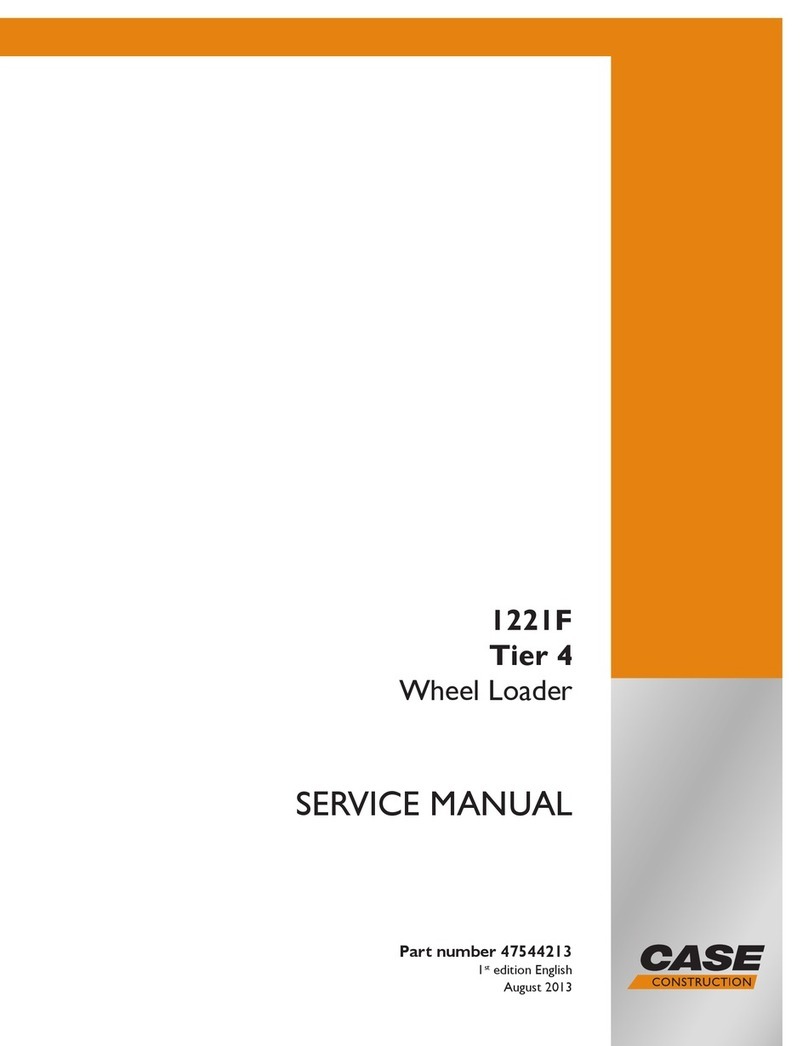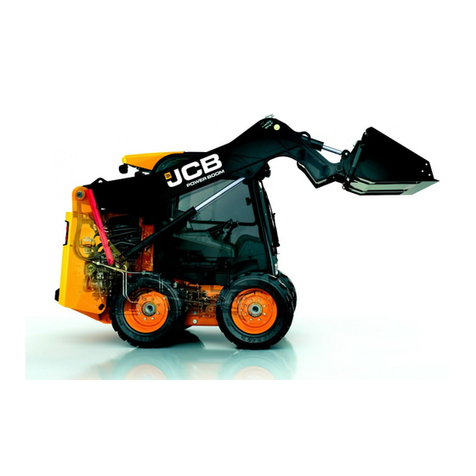
0-5
5. CONTENTS
1. Foreword ............................................................................................................................................ 0- 1
2. Safety information ............................................................................................................................ 0- 2
3. Introduction ........................................................................................................................................ 0- 3
4. Location of plates, table to enter serial No. and distributor ...................................................... 0- 4
SAFETY
6. General precautions .......................................................................................................................... 1- 2
7. Precautions during operation .......................................................................................................... 1- 7
7.1 Before starting engine ............................................................................................................ 1- 7
7.2 After starting engine ............................................................................................................... 1-10
7.3 Transportation .......................................................................................................................... 1-18
7.4 Battery ....................................................................................................................................... 1-19
7.5 Towing ...................................................................................................................................... 1-21
8. Precautions for maintenance ........................................................................................................... 1-22
8.1 Before carrying out maintenance .......................................................................................... 1-22
8.2 During maintenance ................................................................................................................ 1-27
8.3 Tires .......................................................................................................................................... 1-33
9. Position for attaching safety labels ................................................................................................ 1-35
OPERATION
10. General view ...................................................................................................................................... 2- 2
10.1 General view of machine ....................................................................................................... 2- 2
10.2 General view of controls and gauges .................................................................................. 2- 3
11. Explanation of components ............................................................................................................. 2- 4
11.1 Machine monitor ..................................................................................................................... 2- 4
11.2 Switches ................................................................................................................................... 2-14
11.3 Control levers, pedals ............................................................................................................. 2-23
11.4 Steering column tilt lever ....................................................................................................... 2-28
11.5 Cap with lock ........................................................................................................................... 2-28
11.6 Engine emergency stop switch and fuel stop lever ........................................................... 2-29
11.7 Safety bar ................................................................................................................................. 2-29
11.8 Towing pin ............................................................................................................................... 2-30
11.9 Grease pump ........................................................................................................................... 2-31
11.10 Backup alarm ........................................................................................................................... 2-31
11.11 Door-open lock ........................................................................................................................ 2-31
11.12 Tool box ................................................................................................................................... 2-31
11.13 Fuse ........................................................................................................................................... 2-32
11.14 Slow-blow fuse ........................................................................................................................ 2-33
11.15 Lunch box tray ......................................................................................................................... 2-34
11.16 Storaging place of this manual ............................................................................................. 2-34
11.17 Taking off power ..................................................................................................................... 2-34
11.18 AM/FM car radio ...................................................................................................................... 2-35
11.19 AM/FM radio-cassette stereo ................................................................................................. 2-39
11.20 Car heater ................................................................................................................................. 2-48
11.21 Air conditioner ......................................................................................................................... 2-50
11.22 Precautions when handling accumulator ............................................................................. 2-53



